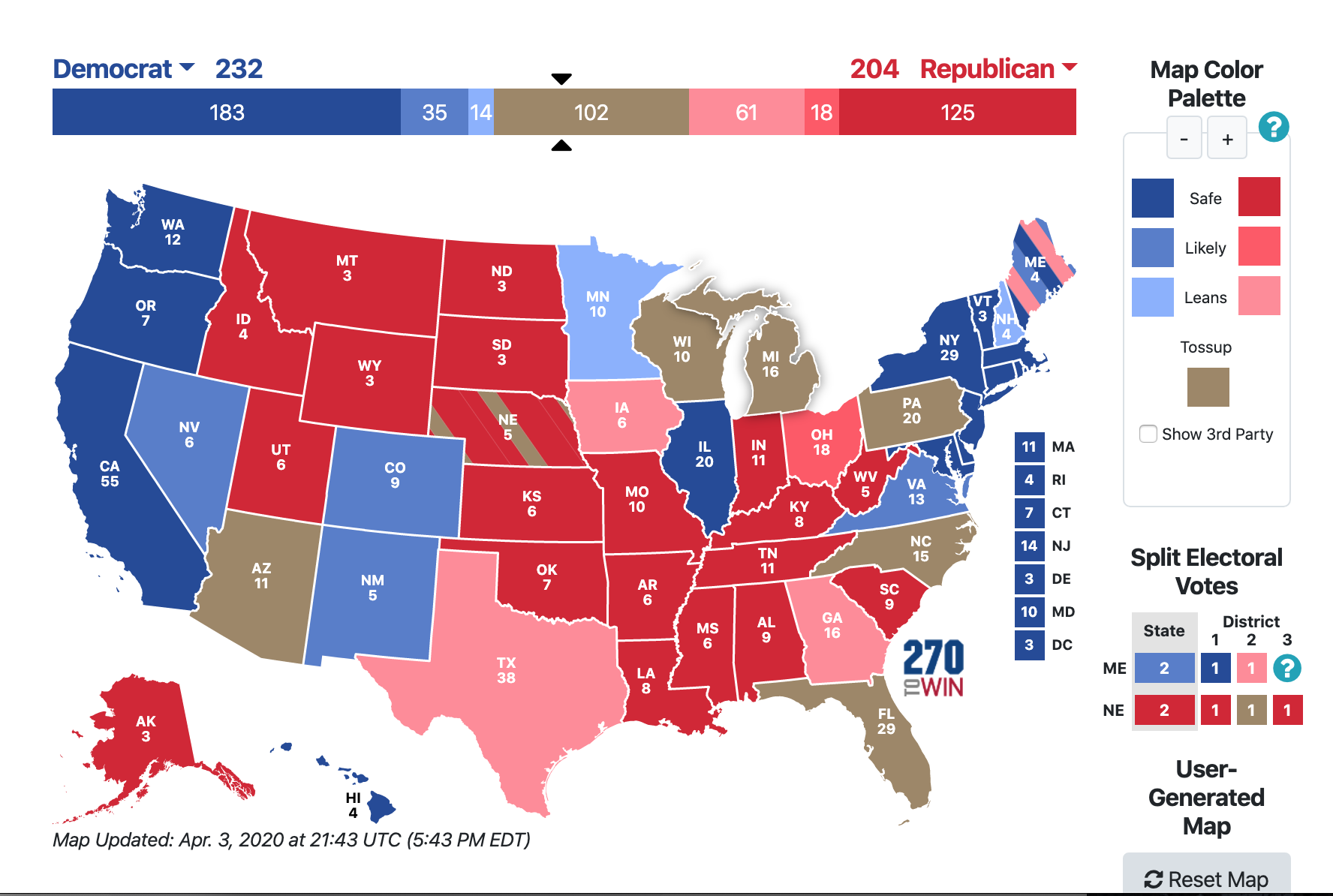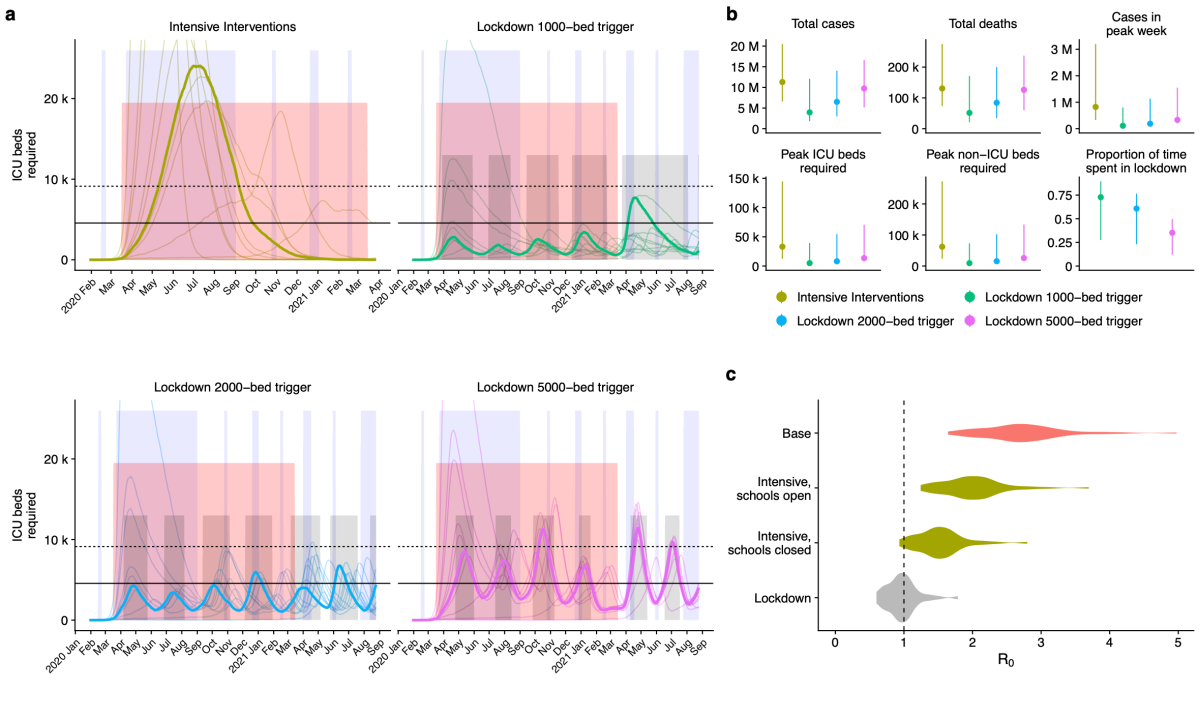Throughout 2022, but in particular in the aftermath of the midterm election, I’ve been circulating thoughts in my head about the term the culture war and how I would approach it from a sociological lens.
There are a couple of considerations that I want to address, in particular when the term has arisen in various forms of media. The culture war is not a catch-all for non-economic political issues, they often involve fundamental rights and also connect to a material base- basic Marxism here. It is also an asymmetrical term, so I want to avoid false equivalence. The culture war is a political process often for very cynical, self-serving reasons by right-wing political elites, but those affected by it are not “another side” of it.
So I want to define the culture war as best as I can using what has been circulating in my mind:
The “cultural war” is a political process wherein issues are pressed:
- By conservative elites, a nexus of wealthy political donors, the conservative media, and politicians and their operatives.
- Are aimed at activating white evangelicals in particular
- Are tied to elections, with a limited number of culture war issues in the spotlight at any one time, and they are often dropped by elites for use later
- However, they are framed as existential threats to America that are undermining some abstract values
We see some issues wax and wane for decades- the concern today about “smut” in libraries and classrooms goes back in its modern form to about 1974, when a frenzy was whipped up in West Virginia. For my lifetime, from Tango Makes Three to Gender Queer, the thrust has gone from certain language and depictions of heterosexual intimacy to anything regarding queer themes. This is a linkage in social movement literature, which lead to bloc recruitment (when a whole group comes as a single entity). People who didn’t really care about “banned books” for the most part, when a media frenzy and money being funneled into the issue led to dramatically increased attendance and hostility at school and library board meetings. So it went from a niche movement to a central point of cultural warfare.
As you remember, 2004 was the peak of anti-marriage equality as an election strategy. So many states had ballot measures attempting to bring out more apathetic voters (again, the centrality of almost every culture war topic is activating white evangelicals). As with 2022, it’s difficult to find convincing evidence that this ultimately mattered (https://www.cambridge.org/core/journals/ps-political-science-and-politics/article/abs/samesex-marriage-and-the-2004-presidential-election/1EF13FD3DEC005457783AF1DF79928D6). I would hypothesize that voters are, in many states, more apathetic than the media-political class. Even very red states in 2022 failed to advance abortion from the Dobbs decision to ballot measures, with a lot of vote splitting. The culture war is most felt acutely at the local level, where highly committed but numerically small ardent right-wing groups have the most leverage.
Transphobia and homophobia were an issue ushered in significantly in general and especially in regards to education, but even in reddest Utah, it doesn’t register (“other” is 13% so at most we’re talking one in ten people, probably much lower) (https://www.deseret.com/2022/7/25/23272939/heres-the-top-issue-on-voters-minds-ahead-of-federal-elections-inflation-economy-congress-president). With school policy as a whole, besides recurring concerns like class sizes and assistance to students who lag behind in expectations. Also the Uvalde shooting showed a much more existential threat to schools than any concerns about culture war issues.
I would say that the culture war is most pushed by red state politicians today, while nationally independents and liberals are often on the same page with progressive topics. Also, Democrats fell into a trap on a major issue in 2022, with Eric Adams and others raising fears of crime that the media was pushing- leading to a huge under-performance in New York. However, liberals, though often not vociferous about things, rejected the framing of gender identity and sexuality by the right and avoided it becoming the non-stop coverage by media of all types that promoted inaccurate narratives on crime.
It has been 42 years since the Christian right was fully politically activated in the election of Ronald Reagan. For a long time, before the radicalization of conservatives in the 1994, 2010, and 2016 electoral cycles, political elites generally used culture war appeals to win elections but did not have them as a serious priority. In my lifetime, more of the political right elites have gone from opportunists to true believers, bringing cultural warfare to the center of policy. Also, the media-political connection has changed with the deregulation of media in the late 1980s and the gradual move of much more extreme talk radio to television and political talking points.
To win liberation for oppressed groups, and to counter activated voters who become activists, a much more vibrant liberal-left political culture must emerge to counter the activists themselves but also the many wealthy elites who pour money into concern trolling on Critical Race Theory and who can say what in schools. Also direct action must play more of a role- the Supreme Court now has hard-right majority and is willing to rule decisively on things like abortion and discrimination that earlier courts tended to punt on. Though there is no political horizon thus far to actually counter the court through elections, SCOTUS is self-destructing its credibility and causing cracks in some parts of the Republican coalition, especially right-leaning independents. There is a time to seize the moment. The time is now.















